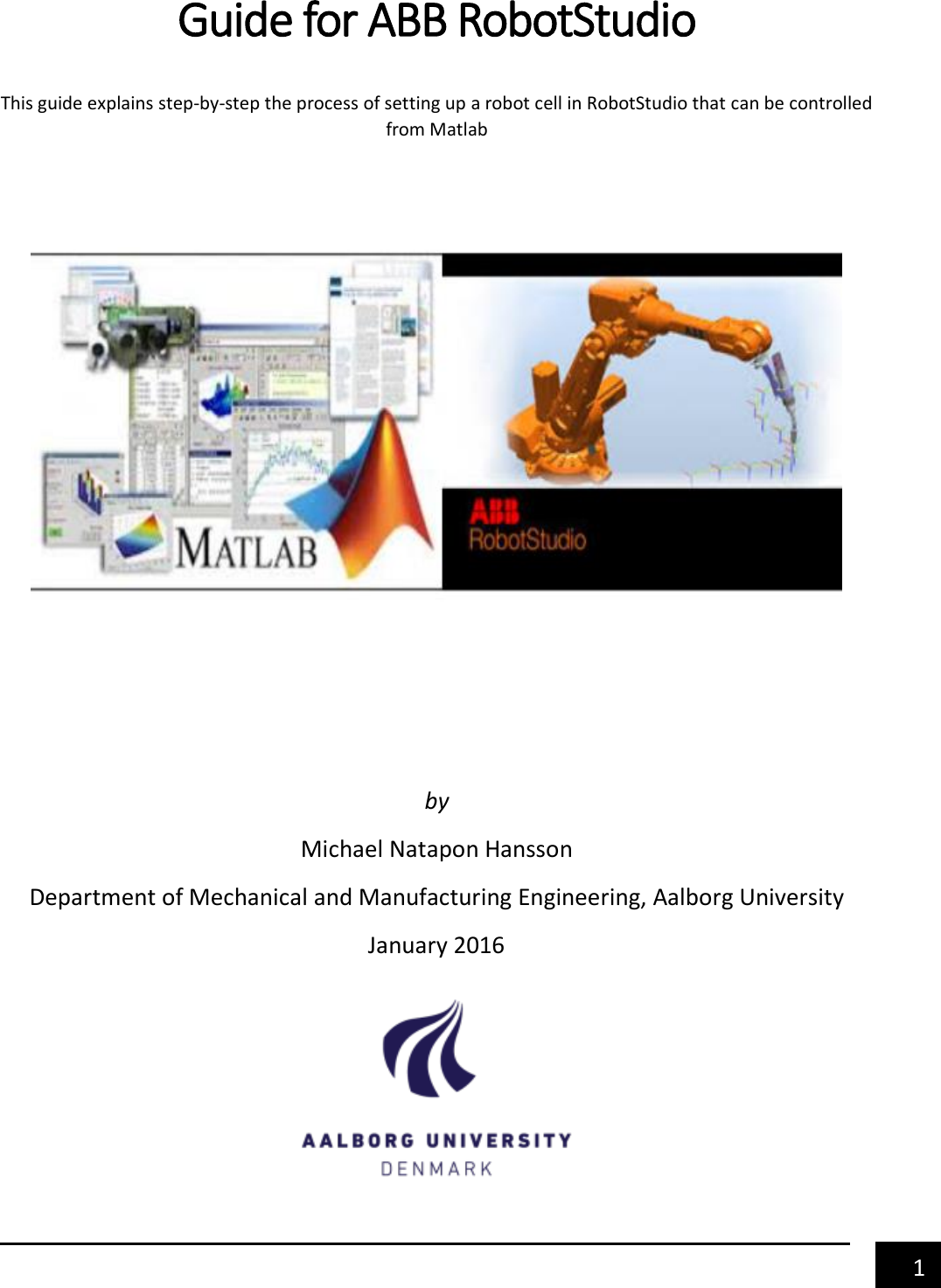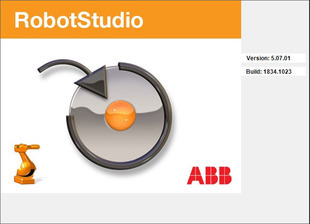

“Predicting the braking behavior of a robot with its payload will help system integrators and end users save time and costs, with up to 25 per cent reduction in the footprint when it comes to designing and building a robot cell or setting up a safety zone. "Our new robot braking distance function for RobotStudio equips the user with information about a robot’s real-world movements with an unprecedented level of accuracy,” says Antti Matinlauri, Head of Product Management for ABB Robotics. This is especially beneficial in collaborative applications where operators need to be confident that a robot has stopped before approaching it. This allows the exact movement of the robot to be simulated in RobotStudio, enabling the user to determine the correct size of the safety zone required, and the ideal location of features including light curtains, safety fencing and controllers.įor applications using ABB's SafeMove software, the data on the robot's final position can be used to determine the size of the 'green,' 'amber' and 'red' zones where the robot will either continue working, slow down or come to a halt, depending on the location of the operator.

The new RobotStudio function uses ABB's superior motion control technology to predict the robot's movements with millimetric precision. To compensate for the variability in stopping distances, engineers designing robot cells traditionally oversize them to allow for additional movement as the robot comes to a stop, which uses unnecessary space on the factory floor. These factors, individually or combined, can result in the robot coming to a halt outside of its safety zone, sometimes by several meters. Predicting exactly where a robot will stop depends on a range of variables including speed, payload and the robot's own inertia. Enabling the robot’s braking distance to be accurately calculated, the function overcomes the need to add safety margins into cell designs, enabling space savings of up to 25 per cent.
#Abb robotstudio ports software#
The proxy server could take RWS requests (on another port number), make the request (locally) to the RWS server, and send back the reply.Īlso, this is not an issue when using RWS with a real robot controller, I have only seen it occur with virtual controllers.ABB's RobotStudio® offline programming and simulation software has been upgraded with a new virtual robot braking distance function designed to create an exact simulation of the real-world stopping distance of a robot. This is just a rough idea, and there are probably better solutions, but you could bypass that behaviour if you for example implement a simple HTTP proxy server, on the computer running RobotStudio, that only allow certain RWS requests. For example, to prevent access to the file system of the computer running RobotStudio (i.e. Secondly, if you have a setup similar to my assumptions, then the RWS server will block such requests and reply with 500 Internal Server Error and this behaviour is due to ABB's cyber security policies. I am assuming that you are using RWS with a virtual controller, and that you are trying to make RWS requests from an external computer/environment to a computer running a RobotStudio simulation.įirstly, it is correct to get a 401 Unauthorized reply when initiating an RWS communication session, so that is not a problem.


 0 kommentar(er)
0 kommentar(er)
